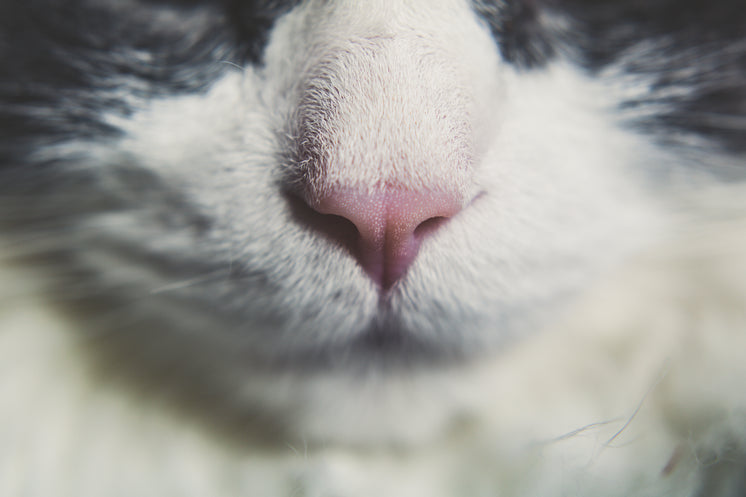The Psychology of Cat Litter Choice
The Psychology of Cat Litter Choice
Blog Article

Cat litter and litter boxes play an essential function in the lives of both cats and their owners. From the simple starts of sand and soil to the ingenious improvements of today, the world of cat litter has developed considerably. In this detailed guide, we look into every element of cat litter and litter boxes, exploring their history, types, advantages, obstacles, and whatever in between.
The history of cat litter go back centuries, with ancient civilizations utilizing sand, soil, and even ashes as primitive litter products. Nevertheless, it wasn't till the mid-20th century that modern-day cat litter as we understand it emerged. In 1947, Edward copyright presented the world's very first business cat litter made from absorbent clay, revolutionizing the way felines relieved themselves inside. Ever since, cat litter has actually gone through many improvements, with the intro of clumping litter, silica gel litter, naturally degradable choices, and more.
Today, cat owners are spoiled for choice when it comes to selecting the ideal litter for their feline buddies. Standard clay litter stays popular for its cost and effectiveness in absorbing odors. Clumping litter, which forms strong clumps when wet, streamlines cleaning and maintenance. Silica gel litter, composed of extremely absorbent silica crystals, uses exceptional odor control and longevity. Biodegradable alternatives, such as recycled paper, wood pellets, corn, and wheat, interest environmentally conscious consumers.
Each kind of cat litter provides unique benefits. Clay litter masters its ability to soak up wetness and control odors, making it a reputable choice for lots of feline owners. Clumping litter simplifies daily scooping and extends the time in between Wood Cat Litter total litter changes. Silica gel litter supplies remarkable odor control and can last longer in between replacements. Eco-friendly litters provide a sustainable alternative that decreases environmental impact.
While cat litter boosts indoor feline hygiene, it is not without its challenges. Dust from clay litter can posture respiratory risks for both felines and humans, triggering the popularity of dust-free options. Some cats might develop litter box aversion due to concerns with texture, scent, or tidiness, requiring experimentation with different litters and box setups. Multi-cat households might require tactical litter box placement and regular maintenance to avoid territorial conflicts and make sure all cat litter box self cleaning cats have access to tidy facilities.
Picking the suitable litter box is essential for promoting favorable litter box habits and general feline well-being. Elements to consider include size, availability, and design choices. Covered litter boxes Wood Cat Litter provide personal privacy and help consist of odors, but some felines may discover them confining or intimidating. Open-top litter boxes provide simple gain access to and visibility however may result in more litter scatter. Automatic self-cleaning litter boxes improve upkeep but require routine monitoring and maintenance.
Correct litter box maintenance is crucial for guaranteeing a tidy and inviting environment for both felines and their owners. Daily scooping gets rid of waste quickly, decreasing odor and dissuading litter box hostility. Regular litter replacement, normally every 1-2 weeks, prevents bacterial buildup and maintains ideal absorbency. Extensive cleansing with mild detergent and water, preventing extreme chemicals that may discourage felines from utilizing the box, ought to be carried out monthly.
Cat litter and litter boxes play a main function in fostering a healthy and harmonious relationship in between felines and their human buddies. With a diverse range of litter choices and litter box styles readily available, cat owners have the flexibility to tailor their choices to fit their felines' preferences and home requirements. By comprehending the advancement, types, advantages, and challenges of cat litter and litter boxes, animal owners can offer their feline good friends with a comfy and hygienic indoor environment.